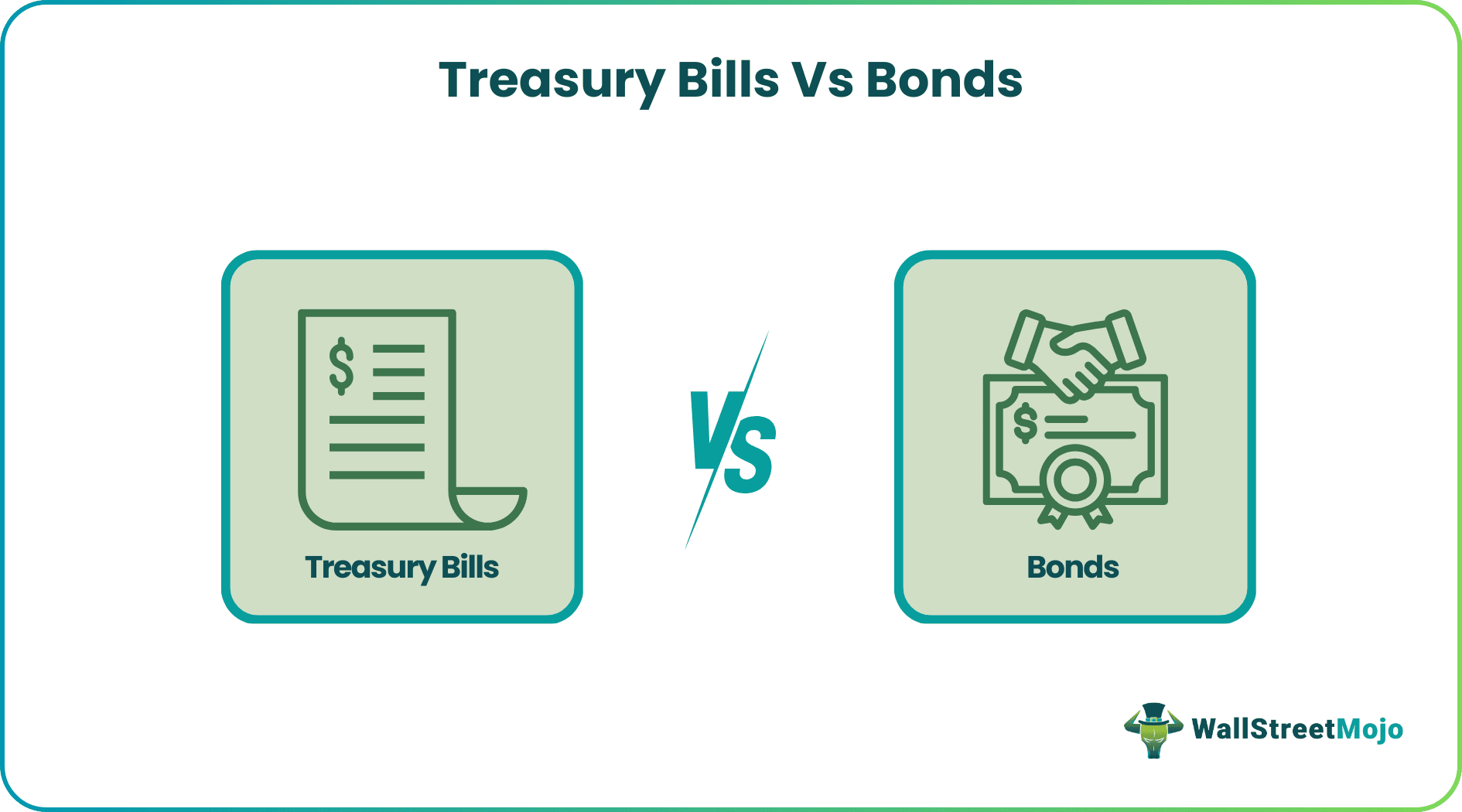The comparative table below shows the differences in a tabular format points them out on the basis of their time period, the rate of interest or coupon rate, any level of risk involved and also the tax implications.
Thus, if we try to analyse which is better treasury bills or bonds, it is to be noted that both the financial instruments are free from risk since they are backed by the US Government with full credit. Since the economic condition of the country is considered to be very strong and stable, investors can depend on these instruments for keeping their investments safe and secured. They get back the full amount including the interest and face value at the time of maturity.


